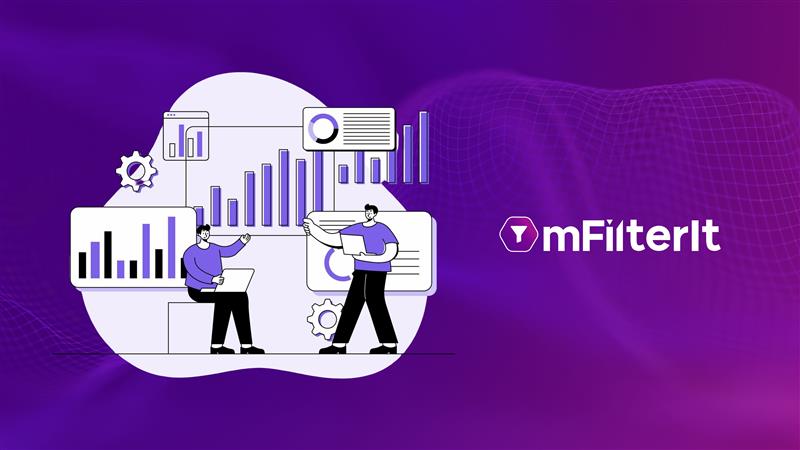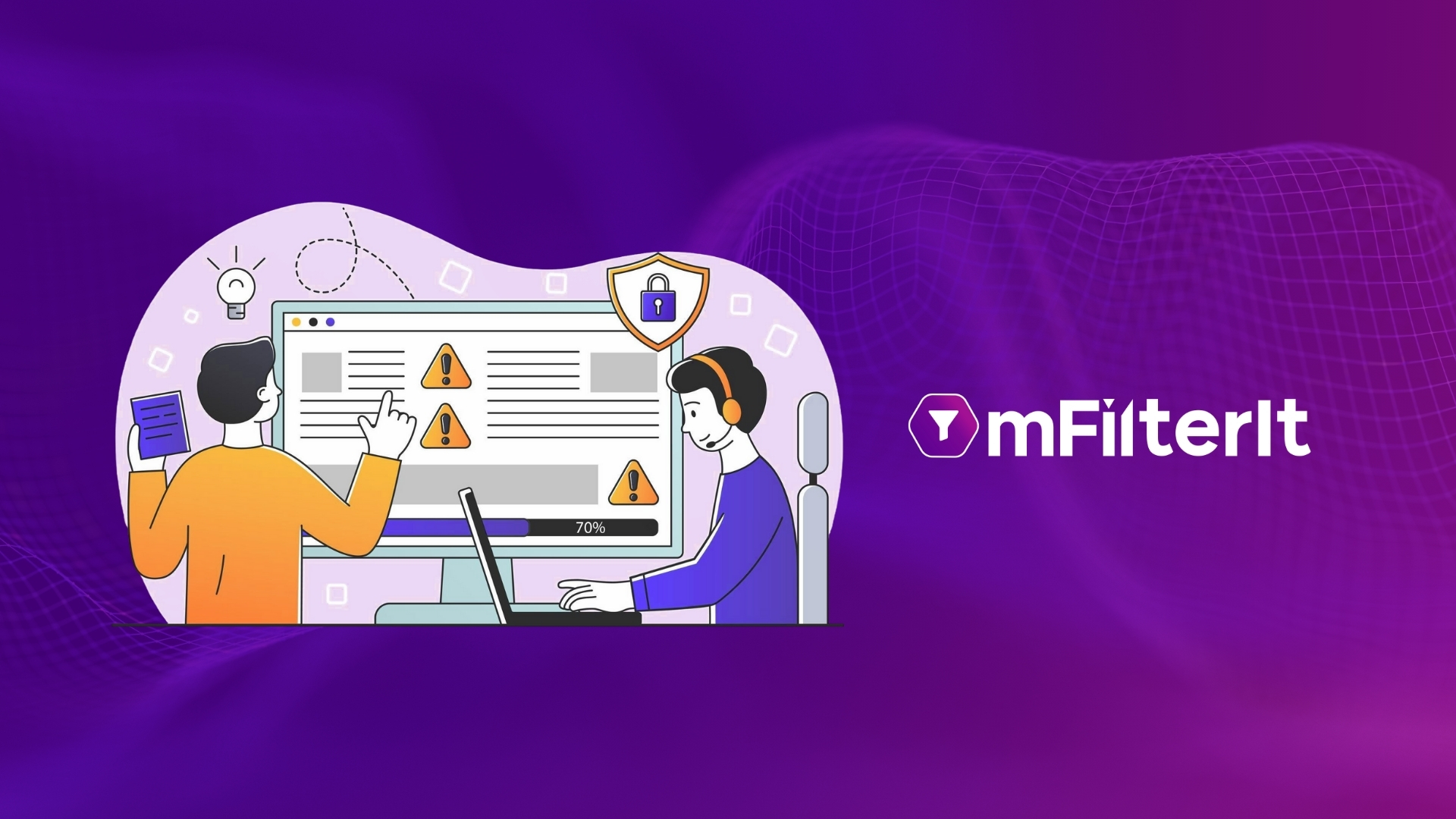Aditya was running a festive campaign for his brand on top eCommerce marketplaces and quick commerce platforms. He sets the bid for a specific keyword, schedules the campaigns, and goes to sleep.
Meanwhile, their competitors reduce the bid cost and get a better position than them. Till the time he sees that and optimizes his campaigns, his competitors have captured the eyeballs. And in addition to it, he is struggling to keep an eye on all the platforms at the same time.
During peak season time, brands cannot take the risk of losing visibility. But managing cross-platform campaigns manually is like floating on two boats like Aditya. Your human eye will definitely miss something.
This is the hidden cost of managing ads across multiple marketplaces separately.
So, now the question is – How should a performance manager manage ads across Amazon, Flipkart, Blinkit, and others without logging into 5 different dashboards?
Let’s find that out.
In this article, we will talk about:
- The inefficiencies of managing ads manually across different platforms.
- Why manual campaign creation, monitoring, and reporting are no longer enough in today’s competitive landscape.
- How a unified ad manager simplifies complexity by bringing everything into one dashboard.
- The role of AI and automation in making ad management smarter, faster, and more efficient.
The Hidden Inefficiencies of Managing Cross-Platform Campaigns Manually
Every ecommerce marketplace has its own advertising platform with unique dashboards and reporting methods. Handling 2-3 campaigns across these ad managers might seem like a manageable task. But as the number of your campaigns grows and with increased competition, the manual efforts become inefficient. And the cracks begin to show:
- Time drain: Constantly switching between platforms to check performance and make optimizations wastes hours that can be spent on strategy.
- Data silos: It gets difficult to get a clear, unified picture of overall marketing spend and ROI, with insights locked inside separate dashboards.
- Slow response times: Marketplaces are dynamic. Bids change, competitors adjust pricing, and inventory fluctuates quickly. Relying on manual monitoring means you’re often reacting too late.
- Higher risk of errors: Fragmented management increases the chances of overspending, duplicate targeting, or misaligned campaigns, all of which directly impact profitability.
- Reporting headaches: Each platform has its own format and metrics. Creating consolidated reports means extra manual work, often leading to inconsistencies or overlooked insights.
- Missed growth opportunities: When campaigns are managed in isolation, you can’t easily see cross-market patterns, like whether Amazon campaigns are outperforming Flipkart, or if a product trending on Blinkit could be pushed more on other platforms.
- Guesswork in bid adjustments: Without consolidated insights, marketers often rely on trial-and-error when setting bids. This guesswork leads to overspending in some areas while underfunding campaigns that could actually deliver better results.
Therefore, manual ad campaign management methods fail to keep up with the speed, complexity, and interconnectedness of the rapidly growing ecommerce space. Advertisers now need to move towards a smarter, unified system that not only tracks campaigns across platforms but also provides real-time, actionable ecommerce analytics as well as saves optimization time using AI and automation.
What is a Unified Ad Manager?
A Unified Ad Manager is a single platform that allows brands to create, manage, monitor, and optimize their advertising campaigns across multiple ecommerce marketplaces and digital channels from one place. Instead of juggling Amazon, Flipkart, Blinkit, Myntra, or other platforms separately, a unified marketing platform consolidates all campaign data into a centralized dashboard.
This unified approach removes the need to switch between multiple dashboards, download endless reports, or manually reconcile metrics. Brands get advanced ecommerce analytics, a standardized view of ad spend, ROI, keyword performance, and campaign results across platforms, all in one single dashboard.
Benefits of Using a Unified Ad Manager
1. Centralized Campaign Management:
Create, manage, and optimize campaigns for multiple marketplaces from one dashboard. This eliminates the need to switch between platforms, saving time and reducing complexity.
2. Smarter Campaign Creation
Set up campaigns faster using data-driven insights on budgets, products, and keywords. Bulk campaign creation ensures consistency across platforms while tailoring strategies for individual marketplaces.
3. Real-Time Campaign Modifications
Adjust budgets, bids, keywords, and product codes in one place. Updates reflect instantly across platforms, and bulk optimization at once makes scaling effortless.
4. Optimization & Bid Management
Improve performance with dynamic bid adjustments, budget reallocations, and automated dayparting. The platform even auto-pauses campaigns for out-of-stock products, ensuring ad spend isn’t wasted.
5. AI-Powered Rule Engine
Use of AI-based ecommerce analytics helps apply smart rules to optimize campaigns automatically. From adjusting bids to reallocating budgets, AI triggers ensure campaigns remain competitive without constant manual oversight.
6. Integrated Digital Shelf Analytics
Track keyword share of search, monitor category visibility, and measure competitor rankings. This integration bridges ad performance with digital shelf presence for a complete view.
7. Budget Management & Pacing
Spreads ad spends across peak hours with automated pacing. The platform also provides instant alerts on low balances and intelligently shuffles budgets for maximum efficiency.
8. Deep Insights & Reporting
Access a global Power BI dashboard with detailed insights on platform, brand, keyword, or product. This includes availability, ratings and reviews, and share-of-search, making decisions more data-driven.
9. Transparency Through Logs
Every change, from bid updates to rule executions, is tracked in an activity log. This provides clarity, accountability, and a clear audit trail.
10. Better Outcomes at Scale
By simplifying ad management, reducing manual effort, and applying automation, brands achieve higher ROAS, fewer errors, and continuous performance improvement.
How AI & Automation Help in Advanced Ad Campaign Management
Unified ad manager solves the problem of fragmentation, but by leveraging AI-based ecommerce analytics, brands can move beyond visibility. AI brings the power of automation to everyday ad campaign management. Here’s how:
- Smart budget allocation: Instead of manually deciding how much to spend on each marketplace, AI shifts budgets toward platforms and campaigns based on real time competitor insights delivering the best ROI.
- Automated bid adjustments: Bids update in real-time to stay competitive, saving you from hours of manual tweaks.
- Predictive insights: Automation tools alert you to issues like rising CPCs, low-performing SKUs, or new competitor activity before they drain your budget.
AI doesn’t replace marketers, it amplifies them. By automating repetitive monitoring and optimization, it frees up time to focus on what humans do best: building strategies, planning campaigns, and understanding customers.
Conclusion: Time to Rethink the Routine
The hidden cost of managing ads separately across Amazon, Flipkart, Blinkit, and other marketplaces isn’t just higher ad spend, it’s the hours lost, the inefficiencies tolerated, and the opportunities overlooked.
Manual campaign creation and fragmented monitoring may have worked when ecommerce was smaller, but at today’s scale, it’s simply not enough. A unified ad manager powered by AI and automation is how modern brands manage complexity, cut inefficiency, and unlock growth.
If you’re still logging into five dashboards every day, it may be time to ask: Is my ad management routine helping me scale, or holding me back?
Get in touch with our mFilterIt experts to know how we can help you scale your business.
Author
-

Decoding complex digital challenges like ad fraud, brand safety, brand protection, and ecommerce intelligence for brands to help them advertise fearlessly.



